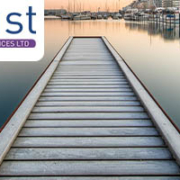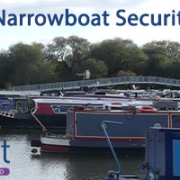Do You Pay Council Tax If You Live On A Narrowboat?
Do you pay council tax if you live on a narrowboat? This is not as simple as it sounds. Research conducted by someone who has been in the business of building narrowboats for many years concludes that you do not have to pay council tax if you live on a narrowboat.












